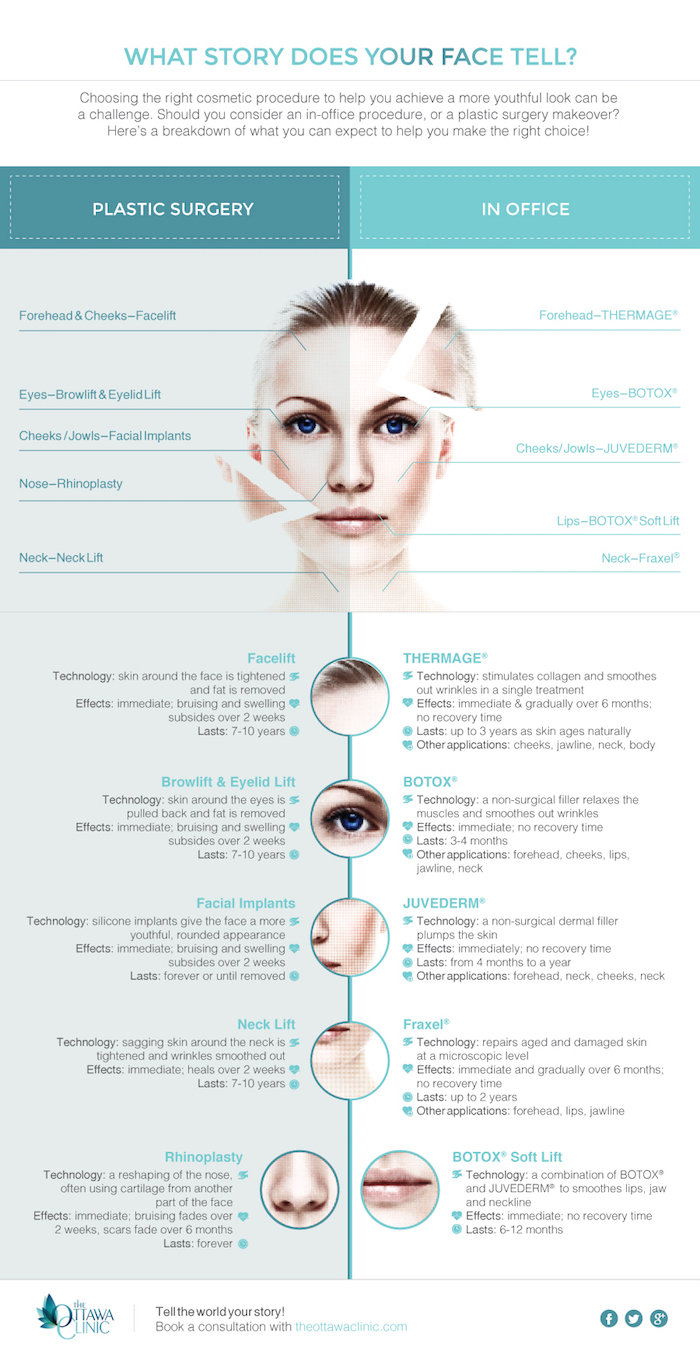Drugs can assist heal acne sores and stop new ones from creating. They can be taken orally or applied straight to the skin.
Anti-biotics like clindamycin and erythromycin control microorganisms that exacerbate acne. These are often combined with benzoyl peroxide to reduce possible side effects and increase how well the medication works.
Over-the-counter (OTC) medications
OTC items work for dealing with moderate acne, specifically blackheads and whiteheads. These items have benzoyl peroxide, salicylic acid or adapalene.
Benzoyl peroxide eliminates microorganisms that trigger acne, and assists clear pores of cellular debris. It's available in nonprescription concentrations of 2.5 percent, 5 percent and 10 percent. You may intend to begin with a reduced focus of product and work your way up, depending on your skin's resistance degree.
If you're not able to do away with your acne with over the counter products, see a dermatologist. They're trained to diagnose and deal with all kinds and intensities of acne, including large unpleasant cysts and nodules that can lead to scarring. It's important to obtain therapy at an early stage to decrease the risk of long-term troubles with your self-image and self-worth. Your physician can suggest particular treatments and skin treatment programs that will help you regulate your acne. They can additionally refer you to an expert for medicine or other therapy alternatives, if needed.
Prescription medications
Acne medications deal with acne by decreasing oil production, lowering swelling and regulating germs. They can be applied straight to the skin (topical) or taken by mouth (dental medication). The kind and toughness of medicine your doctor suggests will certainly depend on your age, the severity of your acne and various other elements such as your general wellness and any type of drugs you might be taking.
Topical prescription antibiotics that contain clindamycin, erythromycin and tetracycline help in reducing inflammation and kill the microorganisms that trigger breakouts. They can additionally be used in mix with various other medications like benzoyl peroxide microcurrent facial la to raise exactly how well each treatment functions.
Oral isotretinoin, which remains in the retinoid household, treats extreme acne by minimizing oil production, suppressing inflammation and unclogging pores. It is an effective medication that comes with significant side effects, and it can just be recommended by a doctor. It is just suggested for individuals who have attempted other treatments without success and for whom this medication is safe.
Clinical procedures
Drugs that are applied to the skin or taken by mouth aid decrease acne outbreaks in lots of people. Drugs that can be bought over-the-counter consist of topical treatments such as salicylic acid, which aids open blocked pores, and azelaic acid, which lowers inflammation.
Medical professionals likewise suggest medicines to deal with mild-to-moderate acne, including anti-biotics and retinoids. Prescription antibiotics eliminate excess microorganisms and decrease swelling, but they are just effective momentarily because of antibiotic resistance. In many cases, dermatologists might use a mix of topical and dental treatments. As an example, they may integrate the antibiotic clindamycin (Cleocin T, Clinda-Derm) or erythromycin (Akne-Mycin, ATS, Erygel, Ilotycin, Zenatane) with benzoyl peroxide.
Doctors can likewise suggest isotretinoin (Absorica, Accutane), a powerful drug that disrupts all 3 causes of acne. This drug is effective versus serious nodular acne, yet it can have serious negative effects and must be taken with extreme care. Other procedures can boost the appearance of marks brought on by acne, such as chemical peels and laser therapy.
Diet plan
Transforming your diet might help manage acne outbreaks. Acne occurs when hair roots come to be clogged with sebum (all-natural oil generated by the sebaceous glands), dead skin cells and germs. Acne signs and symptoms include blackheads, whiteheads, cysts and acnes.
A diet high in sugary deals with and improved carbohydrates can trigger spikes in blood sugar level, triggering more sebum manufacturing. Dairy products such as milk, cheese and yogurt can likewise cause acne in some people.
Attempt to consume low glycemic foods such as whole grains, beans and veggies. Foods high in omega-3 fats, such as salmon, trout, walnuts, pistachio nuts and chia seeds, decrease inflammation and might boost acne. Antioxidants may likewise lower acne by decreasing the production of responsive inflammatory chemicals in the body. Attempt keeping a food diary to see which foods are triggering you to burst out. Attempt eliminating one food each time to see if your acne flares or gets better.
